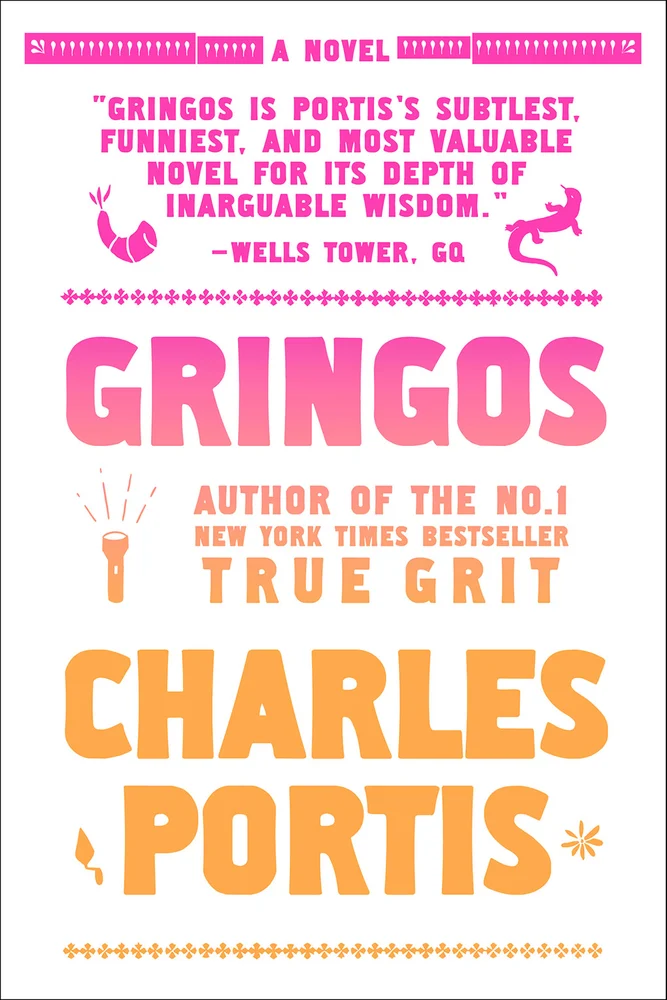Book by TEJU COLE
Reviewed by

In Teju Cole’s Open City, Julius, a young Nigerian-German psychiatrist living in New York, wanders the city. For Julius, “the walks [meet] a need: they [are] a release from the tightly regulated mental environment of work….Every decision—where to turn left, how long to remain lost in thought…—[is] inconsequential, and [is] for that reason a reminder of freedom.” For readers, Julius’ meandering serves as a platform for meditations on history, art, human suffering, race, and culture, and the cumulative effect is anything but inconsequential. To call Open City a novel is like calling the White House a house: although it’s structured around a protagonist, it is driven by perceptiveness, the agility with which it moves from one idea to another, and its humanity.
Cole’s prose is formal, careful, and elegant, and Open City often reads as much like essay as fiction; it is the author’s ability to create connections that move the book forward. After seeing two blind men while waiting for a train, Julius, “[gets] the idea that some of the things [he is] seeing…[are] under the aegis of Obatala, the demiurge charged by Oludumare with the formation of humans from clay.” We learn that Obatala performed this task while inebriated, “and as a result, people who suffer from physical infirmities identify themselves as worshippers of Obatala.” It’s a relationship, Cole writes, “not of affection or praise but of antagonism.” He returns to Obatala several pages later, after a trip to a bookshop reminds him of a book about Cornelius Van Tienhoven’s horrific violence against the Canarsie Indians, and after seeing The Last King of Scotland, a film set during Idi Amin’s time as dictator of Uganda. Obatala, and history, become living forces from which “we wish to be spared. It is a common wish, and a foolish one: no one is spared.”
Open City is concerned not just with the events of history, but with individuals’ histories. There’s Junichiro Saito, a professor Julius knows from his time as an undergraduate, whose memorization of Shakespeare and Yeats helps him through his time in a Japanese internment camp during World War II; Saidu, whose escape from war in Liberia takes months and ends with his indefinite incarceration in a New York detention facility; Dr. Maillote, whom Julius meets on a flight to Brussels, tells him how her life was affected by the German invasion of Belgium. In a grocery store in Union Square, Julius encounters Moji, the sister of an old school friend, who eventually relates a horrifying event in her past involving the protagonist. It is “unimaginable,” Julius thinks, “how many small stories people…[carry] around with them.” The stories we most encounter in Open City are those of the poor, the disenfranchised, the sick, and the oppressed—those whose stories often go unheard. Julius reflects, “Sometimes it is hard to shake the feeling that…there really is an epidemic of sorrow sweeping our world, the full brunt of which is being borne…by a luckless few.”
Worthy of mention also is the number and range of significant artists, thinkers, and political figures mentioned in Open City. Readers will encounter Johann Sebastian Bach, John Brewster, Jorge Luis Borges, Diego Velázquez, Vladimir Nabokov, Karl Marx, Édouard Empain, Tahar Ben Jelloun, Golda Meir, Robert De Niro, Peter Maxwell Davies, Martin Munkácsi, Jane Austen, Edward Saïd, Wong Kar Wai, Judith Weir, Kwame Anthony Appiah, Gustav Mahler, El Greco, Lucille Ball, Sarah Vaughan, Italo Calvino, Friedrich Nietzsche, Simon Rattle, and many more. Again, the effect is a cumulative one; Cole sets out to describe the fabric of human history by tracing individual human threads.
Julius’ own history is also woven into Open City. We learn that he’s recently broken up with his girlfriend, that his father died of tuberculosis when he was a child, that he attended Nigerian Military School, and that he and his mother are estranged. We witness him briefly searching for his mother during a trip to Brussels, and the people he meets—Moji, for example—occasionally remind him of Nigeria. For the most part, however, Open City is not the story Julius’ life, or even of a period of his life. It’s as much the story of Pierre, a Haitian shoe shiner Julius meets in Penn Station, or that of those buried in the 18th century Negro Burial Ground in Manhattan, as it is Julius’.
The city, to Julius, represents “hybridity”—a place where ideas, structures and history are not only in proximity, but “grafted” to each other. As his protagonist opens the city to us, Cole reveals Western culture as a consequence of innovation, and thus, tremendous suffering. It’s more than just a search for meaning; Open City hopes for us to imagine people, even those quite different from us, as “complex in all their dimensions…fond of pleasures, shy of suffering.”



